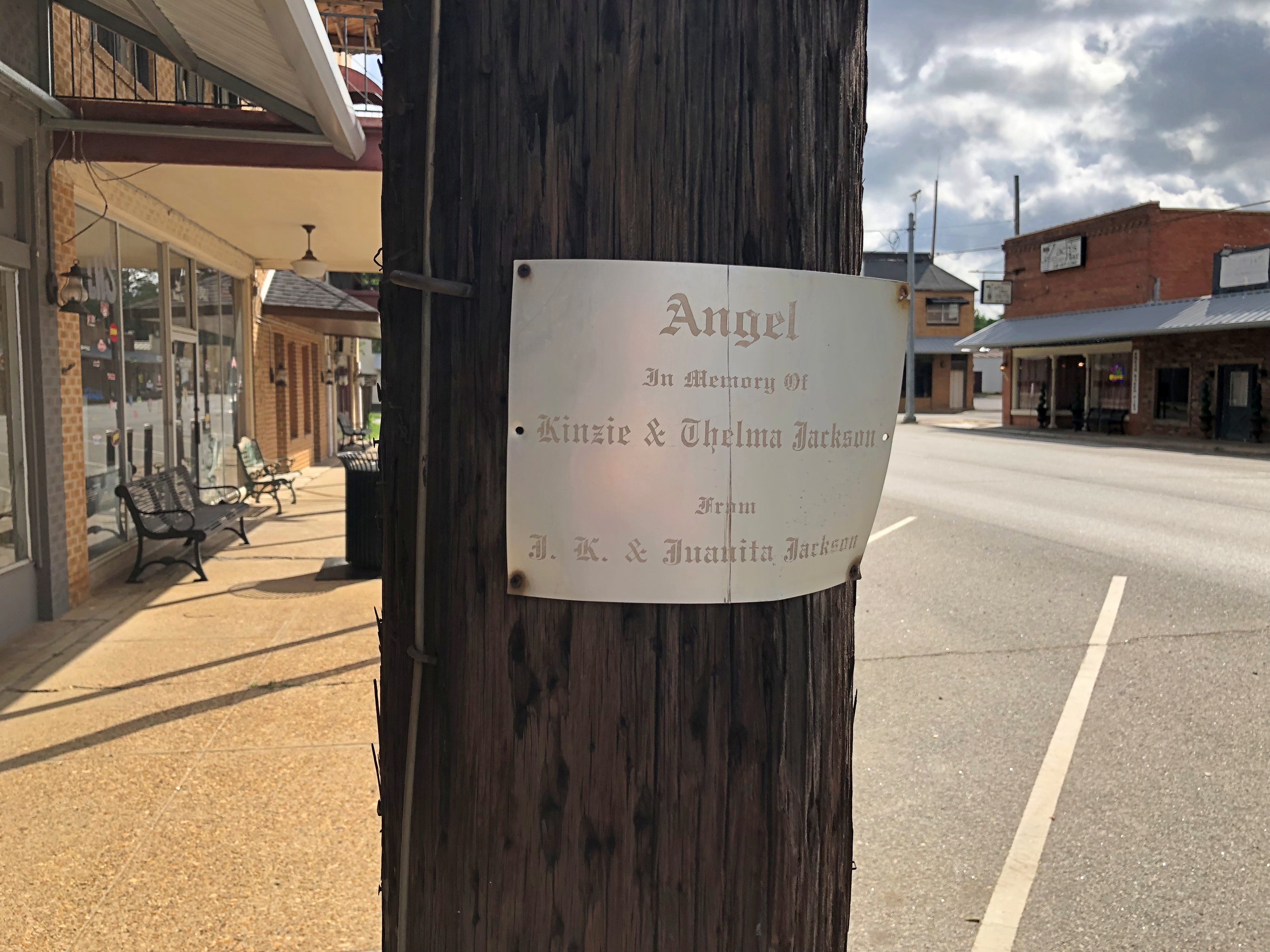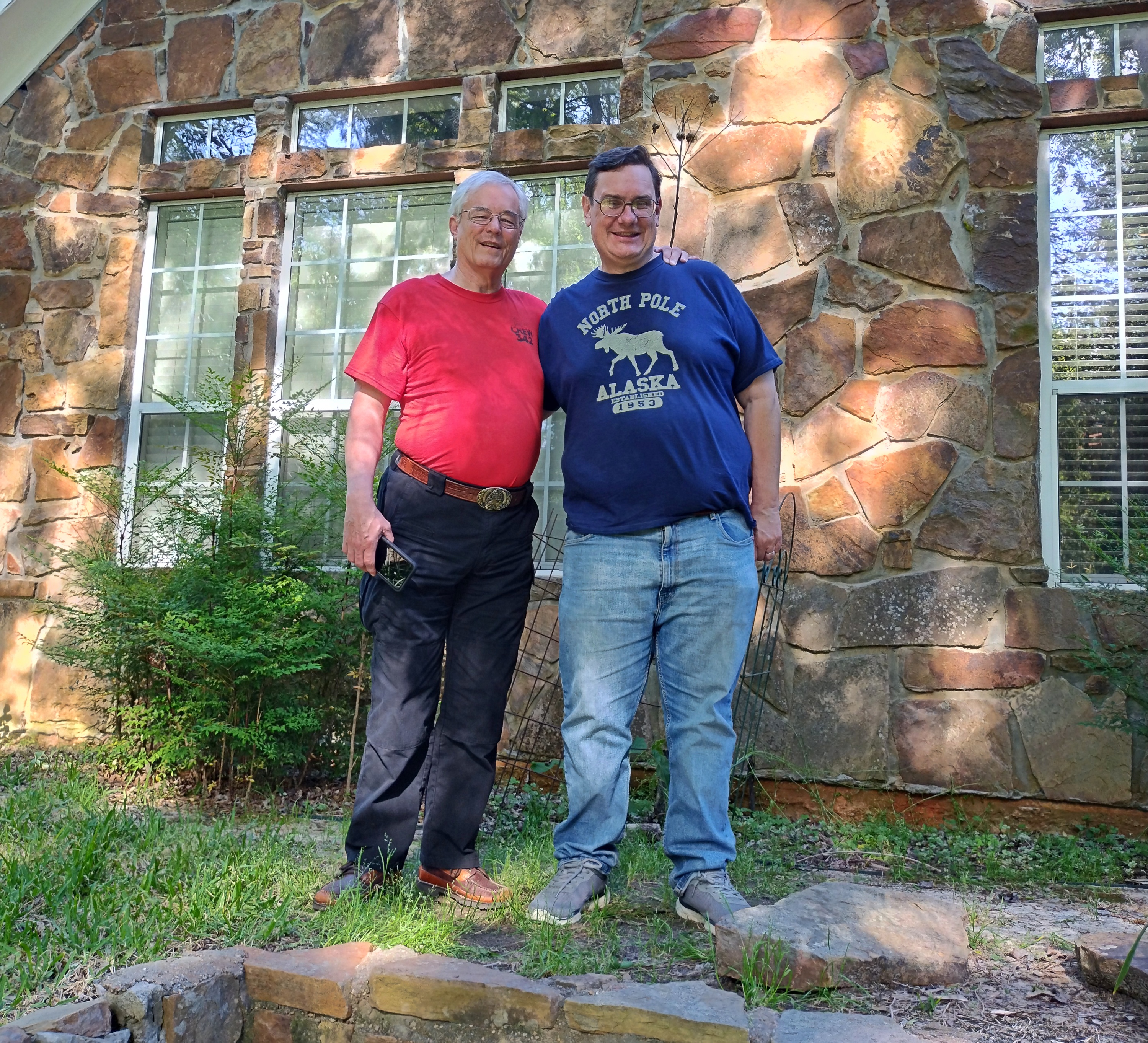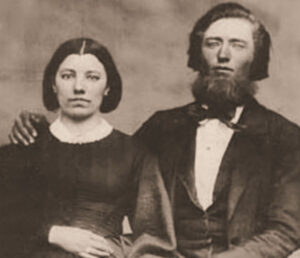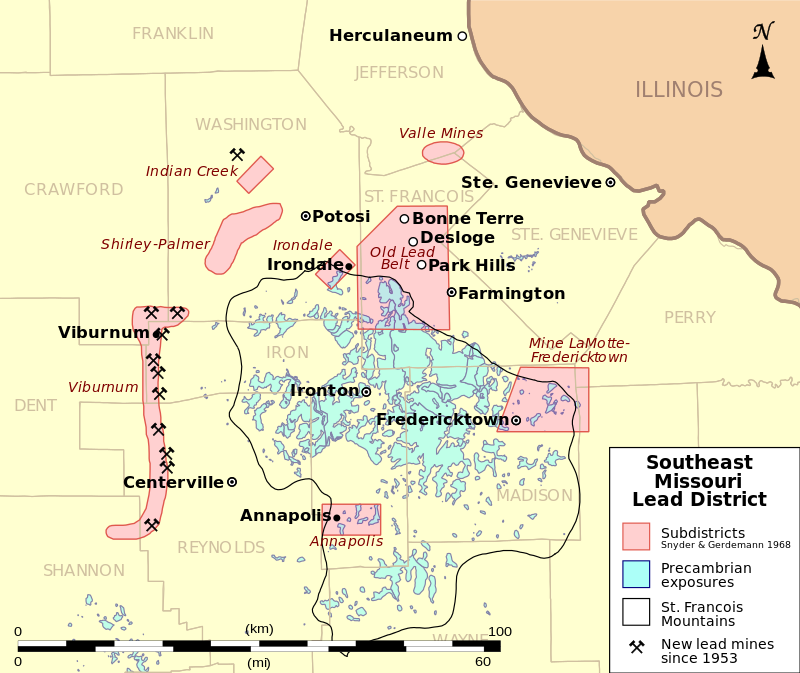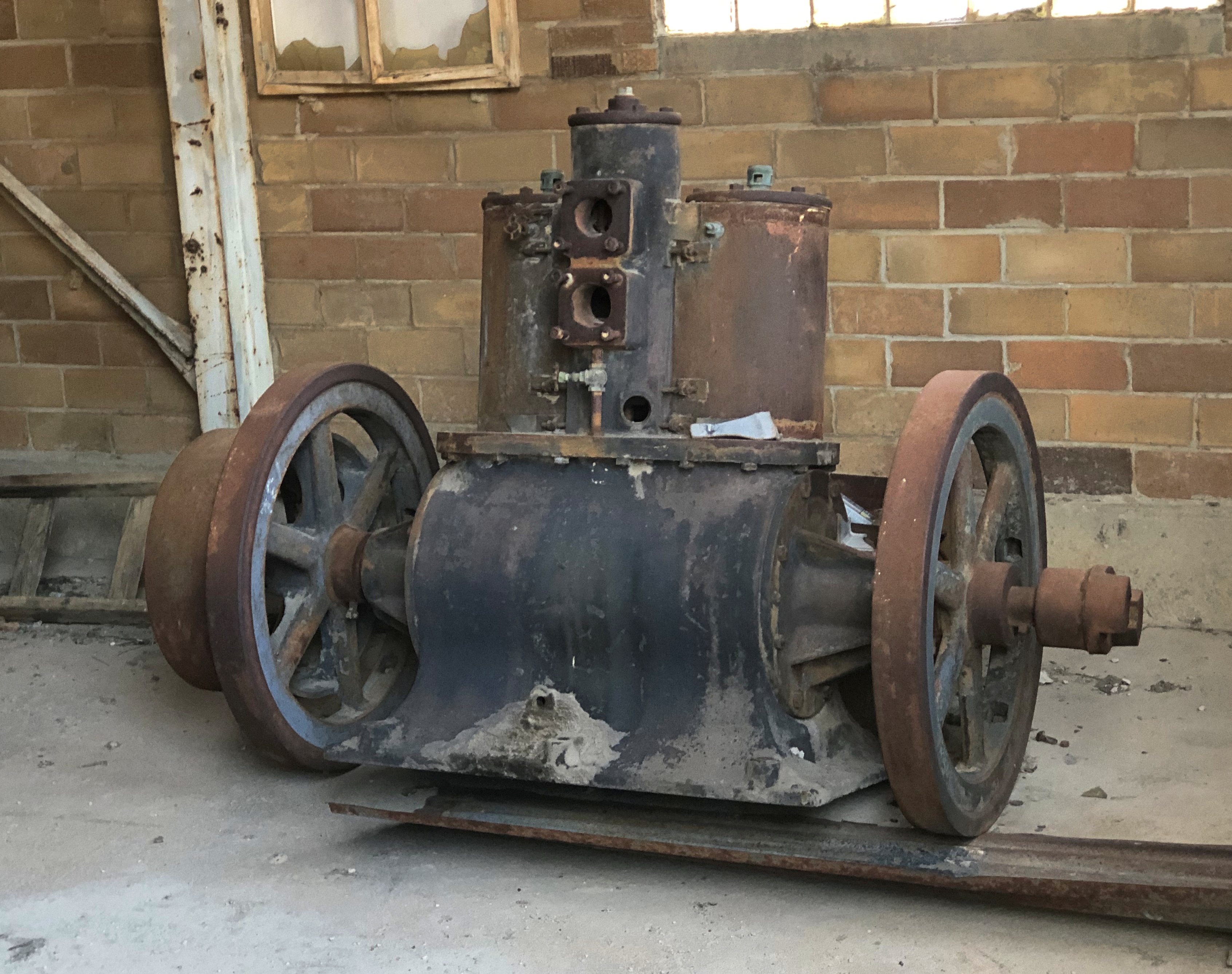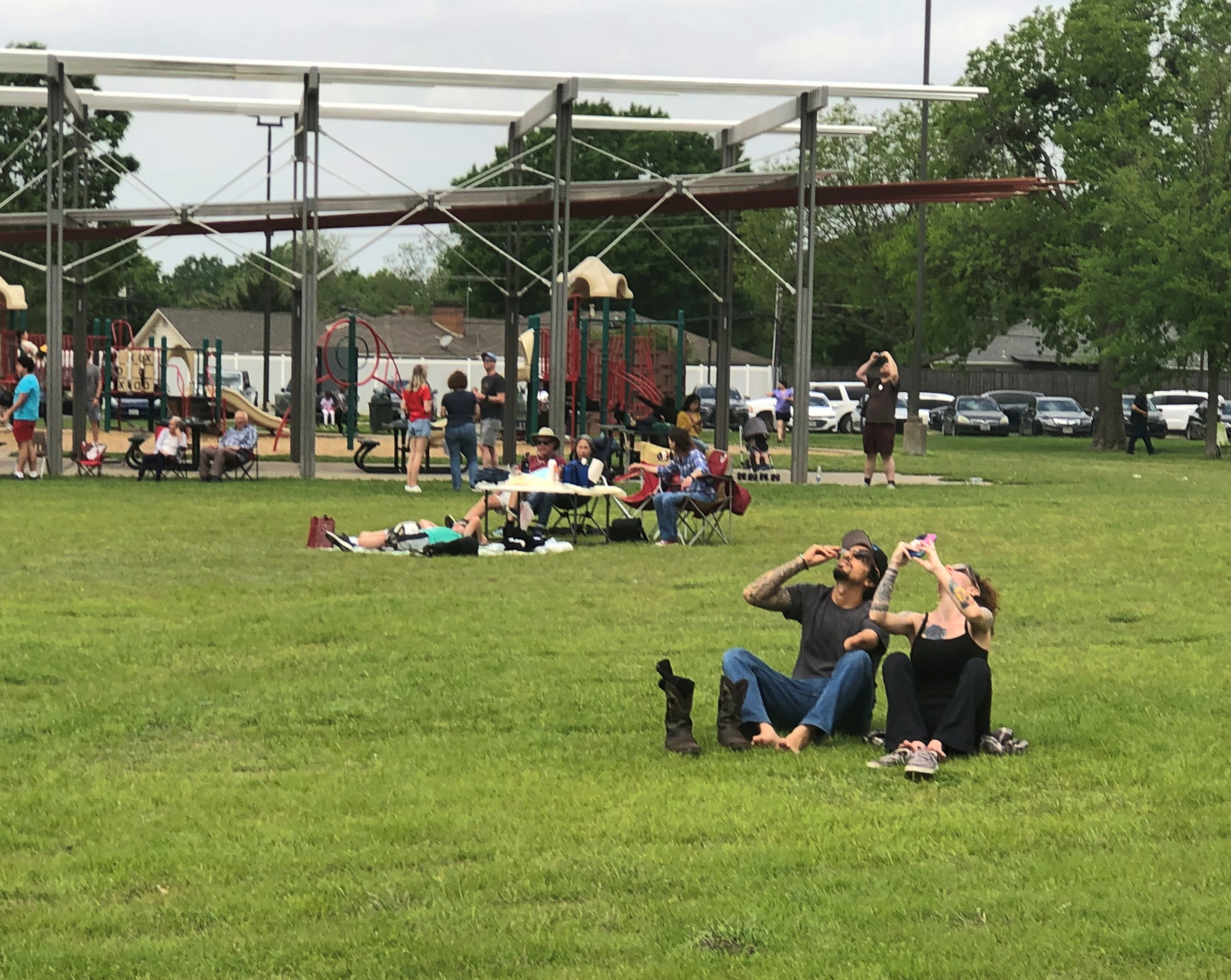The town of Center, Texas is in East Texas, while the town of West, Texas is in Central Texas. Just a mild example of Texas naming oddities. This is the state with Cut and Shoot, Dime Box and Jot-Em-Down, after all.
We spent the night in Center (pop. 5,200) and the next morning, April 14, took a look around the Shelby County Courthouse, which also happens to the focus of downtown Center.

It’s a less common style for courthouses, Romanesque Revival, at least in my experience. Impressive brickwork. The story of one John Joseph Emmett Gibson is given in a Texas Historical Commission sign on the site. Originally a brickmaker from Ireland, Gibson ultimately made his way to Texas, in time to design and oversee construction of the courthouse in the 1880s, showing off his skill with bricks.
Older than the courthouse is the nearby former jail. These days home to the local C-of-C.
An assortment of buildings line the square. Mostly occupied. That includes the art deco Rio, open since 1926 as a movie theater, without having been closed or put to any other use since then, which is remarkable in itself.

Not a retro theater, either, but one showing new movies. Such as Unsung Hero and The Fall Guy, coming soon.
“Unsung Hero is a 2024 American Christian drama film directed by Richard Ramsey and Joel Smallbone. The film follows Rebecca, Joel, and Luke Smallbone of For King & Country, and their life journey to become Christian recording artists.”
“The Fall Guy is a 2024 American action comedy film directed by David Leitch and written by Drew Pearce, loosely based on the 1980s TV series about stunt performers. The film follows a stuntman working on his ex-girlfriend’s directorial debut action film, only to find himself involved in a conspiracy surrounding the film’s lead actor.”
I’d never heard of either of them, but now I have. 1980s TV series about stunt performers? That didn’t ring a bell either. So that’s what Glen A. Larson did after the implosion of the original Battlestar Galactica, and Lee Majors did after the Six Million Dollar Man was retired for lack of replacement parts.
How did I miss that? Right, I didn’t have a television in the ’80s.
One that’s small but stately. Farmers of Shelby County, it says, your money is safe here.
It was. Farmers is still an ongoing operation, nearly 120 years after its founding. The bank still occupies the building, and has other locations in East Texas.
Not every building on the square is occupied.
Not every building is even a building any more, but clues remain.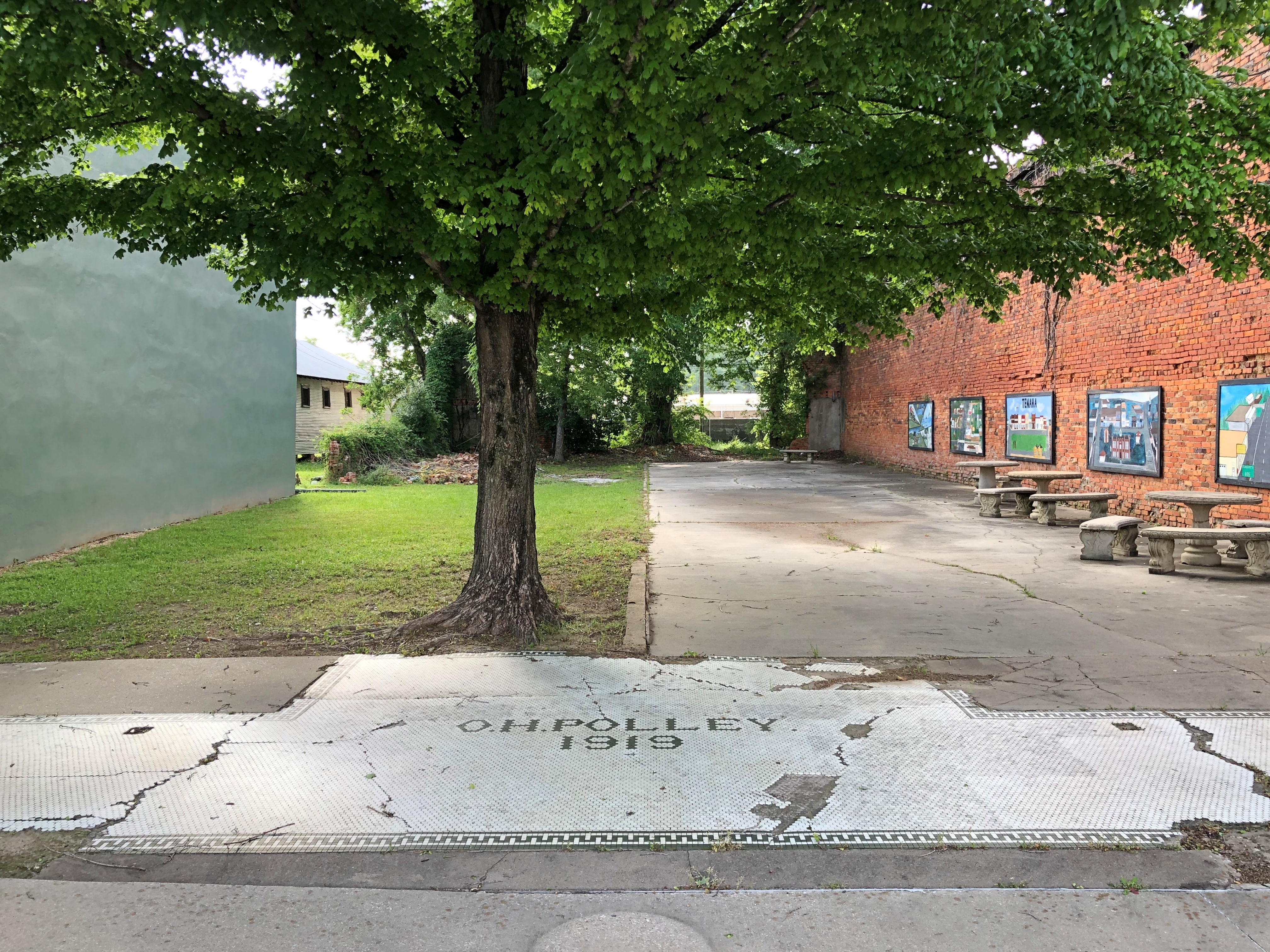
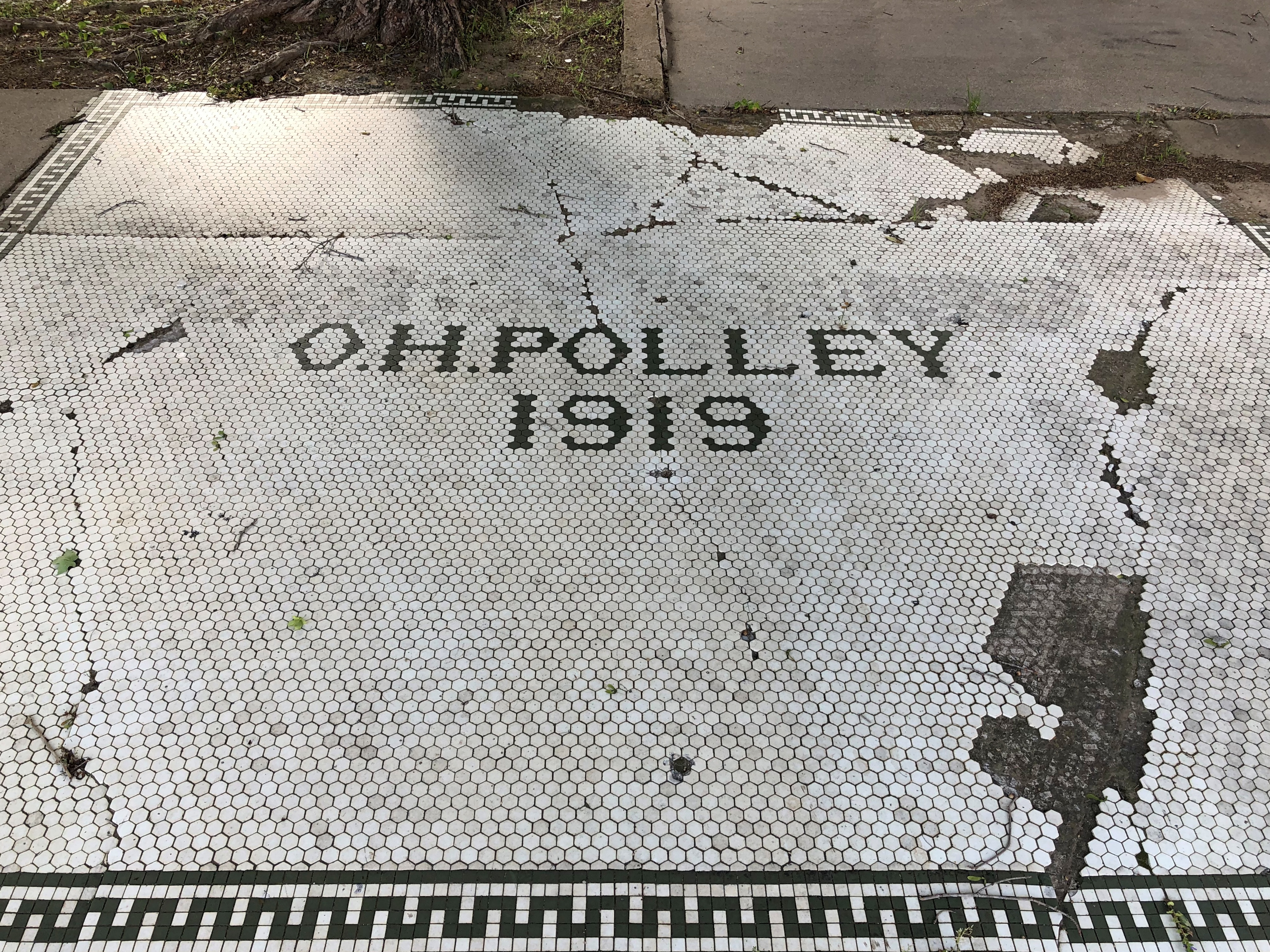
That didn’t take long to look up. Site of a dry goods store for much of the 20th century.
Shelby County partly borders De Soto Parish, Louisiana. That morning, we headed for the border, driving on Texas 7 and then U.S. 84 until we got to a town without any sign noting its name (or maybe we missed it), crossing a river without any identification either. I remembered I wanted to mail a few postcards when I saw a sign pointing the way to a post office. When we got to the p.o., I saw that we were in Logansport, Louisiana. We’d crossed the Sabine River, but as noted, there was nothing to tell us that.
Missed the former international boundary marker, too. I didn’t read about it until later. It’s a few miles out of Logansport (pop. 1,300), and once (and briefly) marked the border between the Republic of Texas and the United States.
No matter. Took a look around Logansport.
Here’s the name we missed. Not on the road we came in on.
Seen in a shop window in Main Street. Do they celebrate Mardi Gras in Logansport?
Yes they do, in the form of a parade put on my an outfit called the Krewe of Aquarius.
We spent some time in a resale store on the main street, Swamp Water Flea Market. I spotted something I don’t think I’ve ever seen at a resale shop.
Yours for $150, an antique leg iron. Not sure I’d want to have it around. Seems like a haunted artifact that might land you in an episode of The Twilight Zone.




